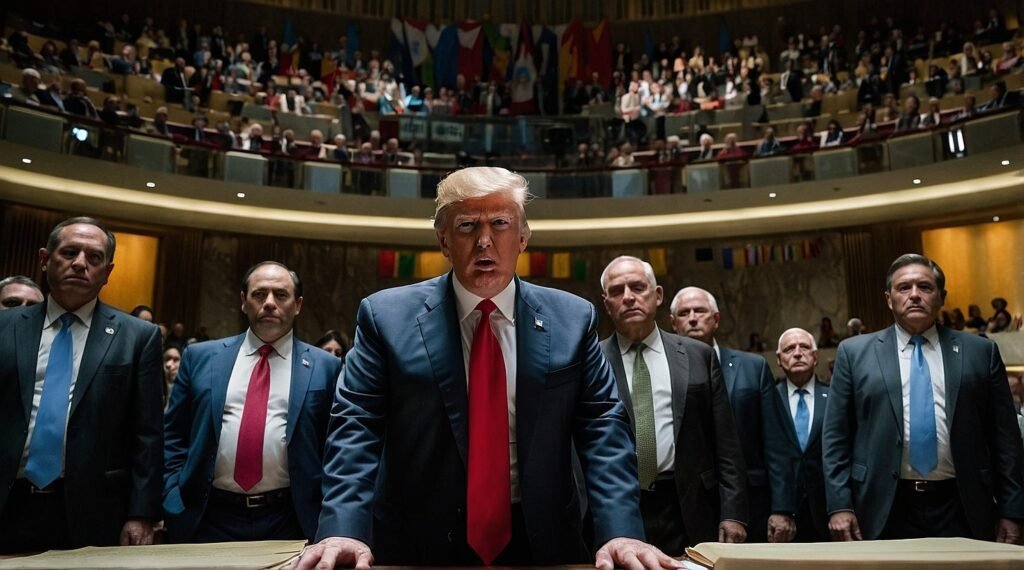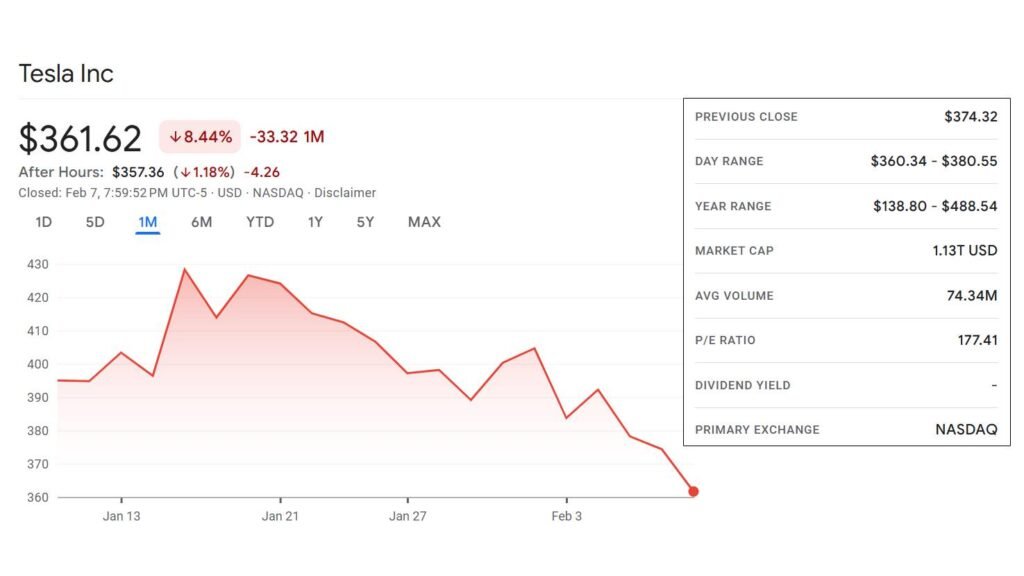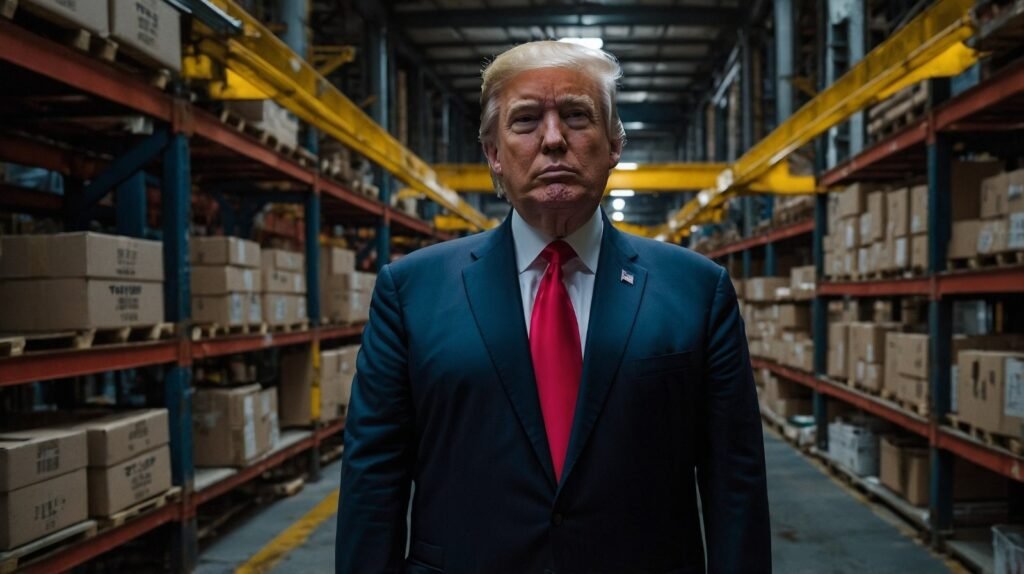|
Getting your Trinity Audio player ready...
|
In a move sending tremors through global energy markets, China has quietly ceased purchasing liquefied natural gas (LNG) from the United States. This freeze, now ongoing for over ten weeks, marks a critical development in the evolving economic and geopolitical standoff between the world’s two largest powers. At stake is not just energy revenue, but influence, strategy, and the future of international trade norms.
What is LNG and Why It Matters for Business
Liquefied natural gas, or LNG, is natural gas that has been cooled to a liquid state at around -260°F. This process reduces its volume by more than 600 times, making it far easier and more cost-effective to store and transport across long distances, especially where pipelines are not feasible. Once delivered, LNG can be regasified and used in the same way as conventional natural gas.
From a commercial standpoint, LNG offers a powerful combination of flexibility, reliability, and cleaner energy. It burns more cleanly than coal or oil, producing fewer pollutants and greenhouse gases. Industries with high energy demands, such as manufacturing, shipping, and power generation, rely on LNG for both environmental compliance and fuel cost stability. It also enables countries and companies to diversify their energy sources, boosting resilience in volatile global markets.
The expansion of LNG infrastructure around the world reflects its importance in transitioning toward lower-emission energy systems. For economies like China, with massive and growing energy needs, LNG became a crucial part of a strategy to balance industrial growth with cleaner air and lower carbon output.
The Energy Trade: From Boom to Breakdown
The LNG relationship between China and the U.S. once symbolized economic pragmatism. China, striving to reduce its dependence on coal and slash urban air pollution, needed massive amounts of cleaner-burning fuel to support industrial growth and urban development. U.S. LNG, backed by the shale boom, was an attractive option: abundant, competitively priced, and logistically flexible. Buying LNG from the U.S. allowed China to diversify its energy imports, reduce reliance on pipeline gas from neighboring powers, and access fuel with transparent market pricing mechanisms.
American LNG provided security and scalability—qualities China needed as its energy demands soared. Long-term supply contracts with U.S. exporters gave Chinese firms confidence in both cost and continuity, making it easier to plan and expand infrastructure like regasification terminals. This partnership not only fueled economic growth but also supported China’s broader climate targets by helping to displace more polluting fuels.
That dynamic began to erode with rising trade tensions. When the U.S. administration imposed a fresh wave of tariffs on Chinese goods in early 2025, Beijing responded in kind by slapping a 15% tariff on American LNG. Virtually overnight, the math changed for Chinese buyers. What had been an economically sound trade became a financial liability. As a result, cargoes en route to Chinese ports were redirected to Europe, and no new shipments have been contracted since.
Strategic Redirection: China’s Next Move
China’s decision is neither spontaneous nor strictly retaliatory. It fits into a broader energy independence and diversification strategy. By reducing reliance on U.S. LNG, China shields itself from geopolitical leverage. It is ramping up domestic gas production, expanding pipeline infrastructure with Central Asia and Russia, and deepening LNG ties with nations less entangled in Washington’s orbit.
Chinese state-owned companies—bound by long-term U.S. contracts—have not canceled deals outright. Instead, they are redirecting cargoes to the European market, especially during the off-peak season when demand is lower in Asia. These moves reduce domestic risk while monetizing existing contracts. It is an elegant financial maneuver, but one with significant consequences.
Economic Fallout: U.S. Exporters Feel the Heat
The impact on American LNG exporters is immediate and sharp. China has grown into one of the top five destinations for U.S. LNG, and the loss of that demand leaves a conspicuous hole. Prices have begun to adjust in U.S. markets, and shipping routes are being rerouted at a cost. Firms that had counted on Chinese partnerships are now scrambling to court European and South American buyers.
Moreover, the redirection of LNG cargoes to Europe creates a glut in a market already adjusting to shifts in Russian gas supply and domestic production boosts. This oversupply risks driving down prices further, particularly as spring and summer months reduce heating needs.
A Market on Edge: The Global Ripple Effect
The consequences stretch far beyond bilateral trade. The sudden halt of U.S.-China LNG trade introduces volatility into an already jittery global energy market. Countries in Europe, while welcoming the influx of U.S. gas, now face pricing dynamics that complicate long-term energy planning. Asian economies watching China’s decoupling from U.S. energy may reconsider the reliability of American suppliers, especially under unpredictable trade policy shifts.
Investors, meanwhile, are recalibrating risk models. Infrastructure projects premised on stable U.S.-China LNG flows—such as Gulf Coast export terminals or Chinese regasification facilities—may now face delays, downsizing, or outright cancellation. The cost of unpredictability is rising, and so is the pressure to diversify partnerships.
Lessons for the Future: Energy, Economics, and Diplomacy
This development serves as a case study in how political maneuvering can sabotage economic efficiency. Energy markets thrive on long-term stability, not retaliatory tariffs and geopolitical posturing. The current standoff reveals the vulnerability of global supply chains when diplomacy gives way to brinkmanship.
It also marks a shift in leverage. Where once the U.S. might have counted on energy exports as an enduring tool of soft power, it now finds itself outmaneuvered by a buyer that has not just walked away—but taken its business elsewhere, on its own terms.
What Comes Next?
Energy analysts are watching closely for signs of thaw or escalation. Could the tariffs be lifted under diplomatic pressure? Might third-party countries emerge as intermediaries in backdoor deals? Or will the fracture deepen into a long-term strategic realignment?
What is clear is that the LNG standoff is more than a blip. It’s a warning shot—one that reverberates through markets, boardrooms, and ministries across the globe.
Stay with us as we continue to monitor this unfolding situation. We’ll be tracking developments, market reactions, and the broader economic implications. Check back with us every day for updates, and let us know your thoughts in the comments below. What does this mean for the future of energy diplomacy? Who wins when trade becomes a battlefield?










